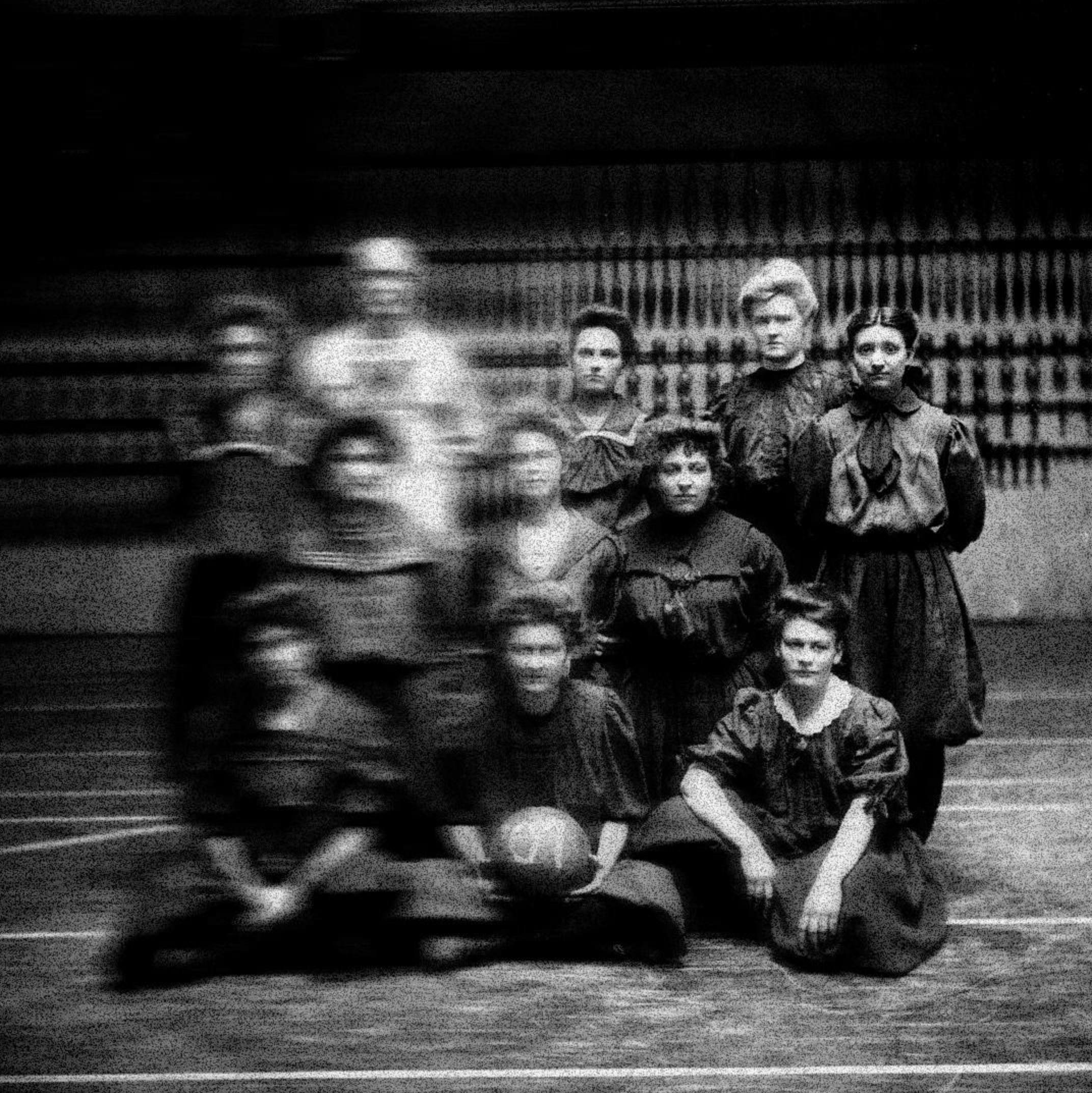
 03.02.2026
03.02.2026
3 du TROIS | WORK IN PROGRESS – FÉV 26
The 3 du TROIS offer an opportunity to discover contemporary dance from a different angle and in var...


 03.02.2026
03.02.2026
The 3 du TROIS offer an opportunity to discover contemporary dance from a different angle and in var...

 21.02.2026
21.02.2026
TROIS C-L is hosting the opening night of the fourth edition of the AWA Platform!...

 03.03.2026
03.03.2026
The 3 du TROIS offer an opportunity to discover contemporary dance from a different angle and in var...
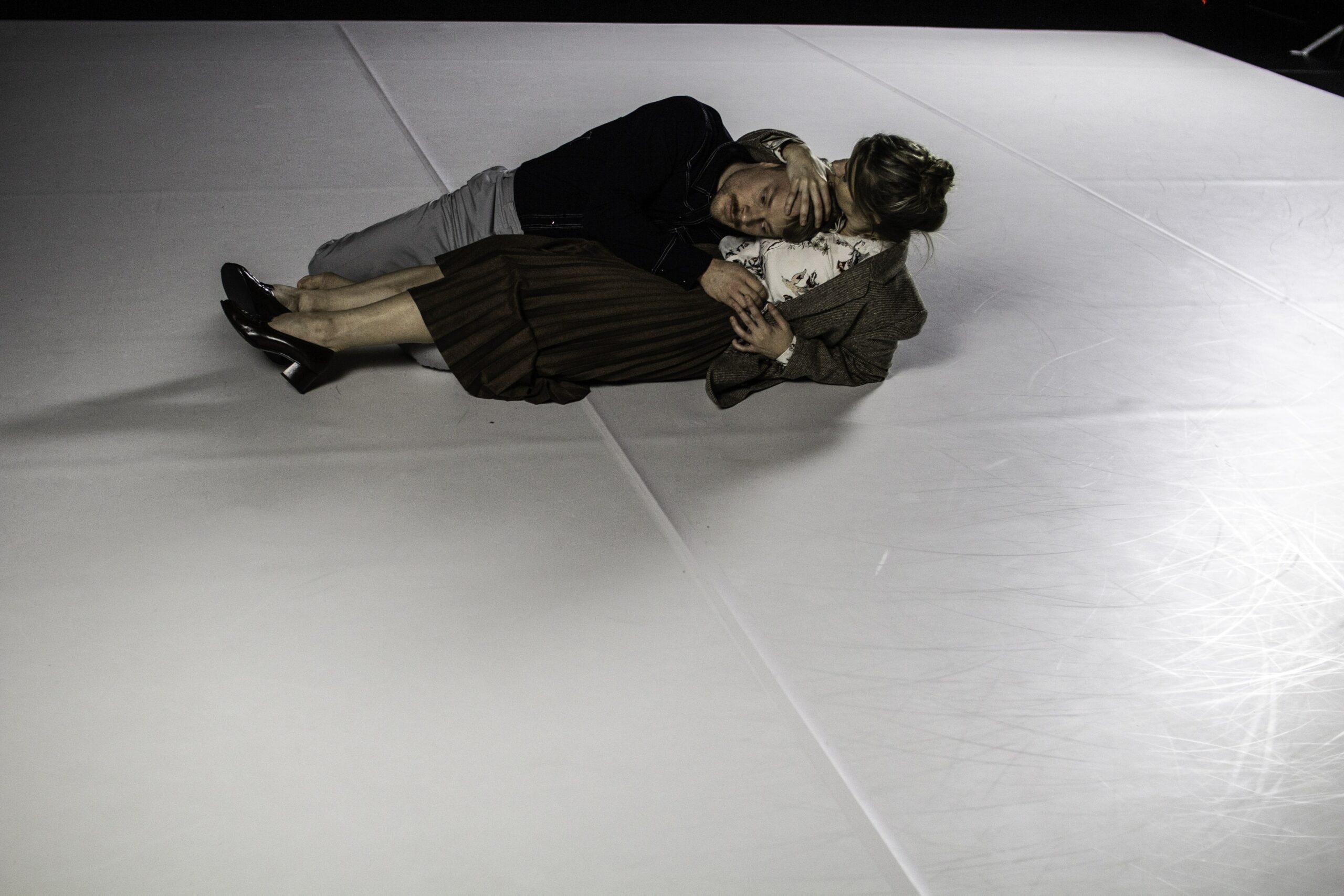
 21.03.2026
21.03.2026
Le TROIS C-L presents The Days from Theo Clinkard, Maria Nurmela and Ville Oinonen ...
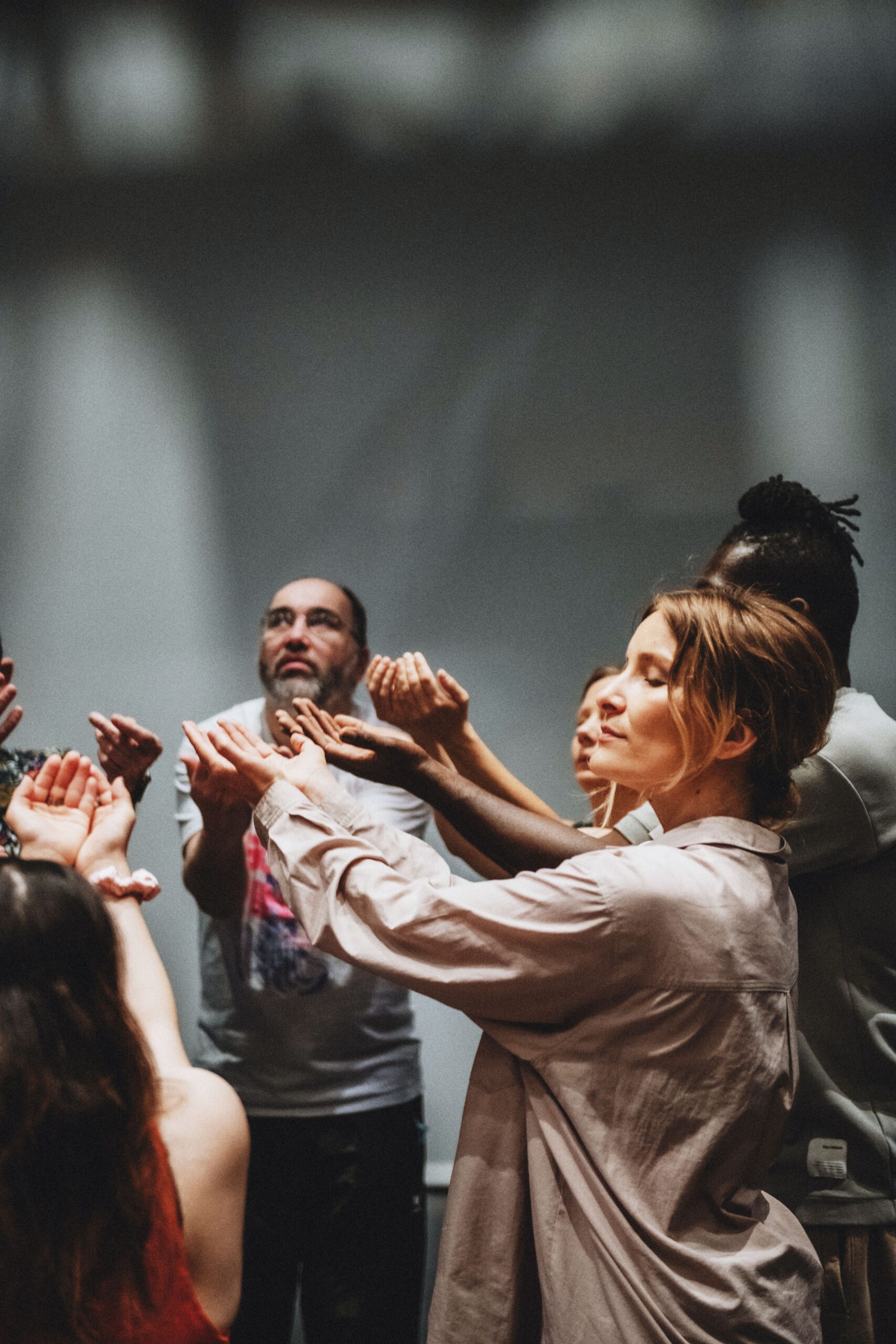
 03.04.2026
03.04.2026
The 3 du TROIS offer an opportunity to discover contemporary dance from a different angle and in var...
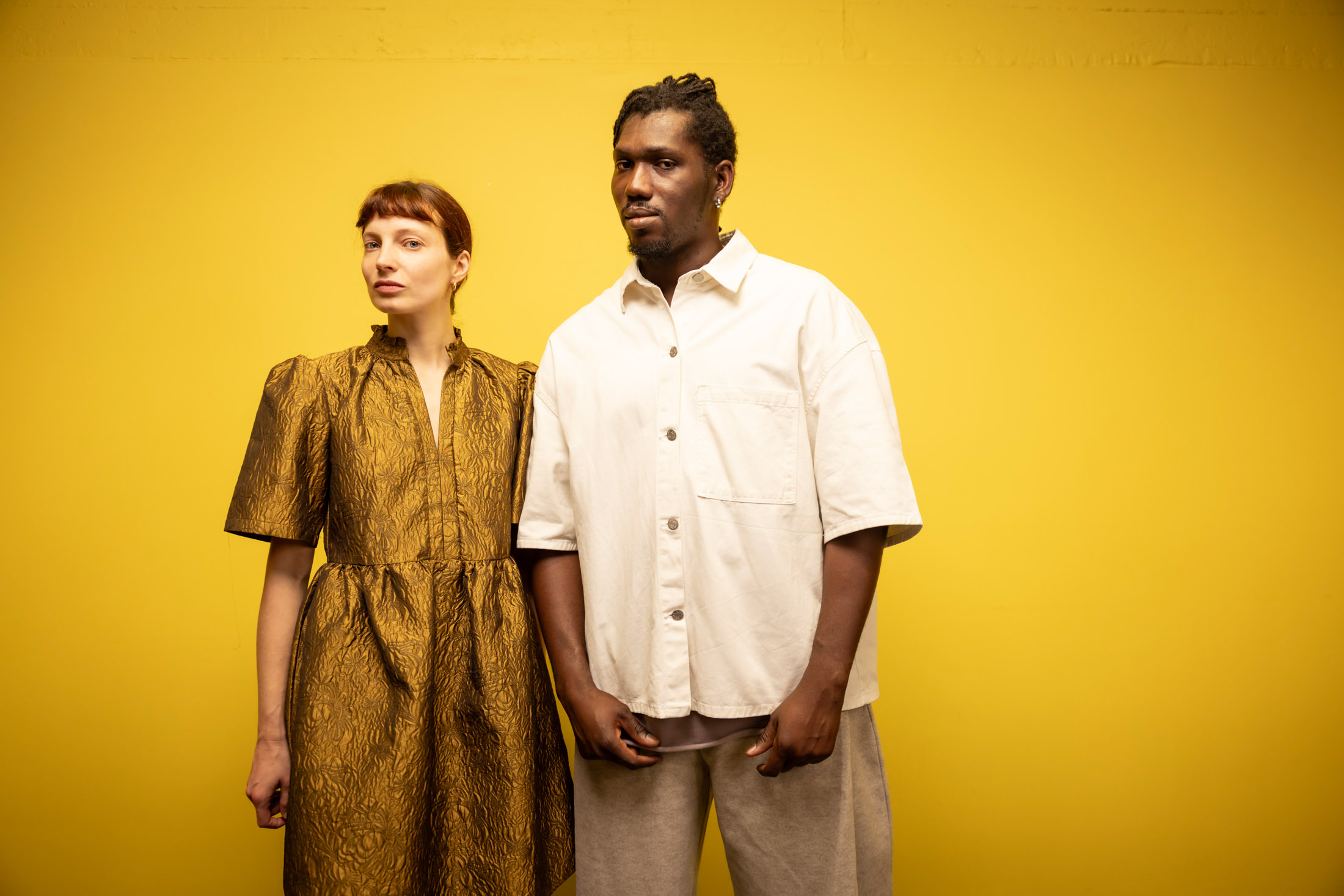
 17.04.2026 - 18.04.2026
17.04.2026 - 18.04.2026
Discover Djamila Polo and Serge Daniel Kaboré, the young choreographers of the Emergences prgramme!...

 03.05.2026
03.05.2026
The 3 du TROIS offer an opportunity to discover contemporary dance from a different angle and in var...
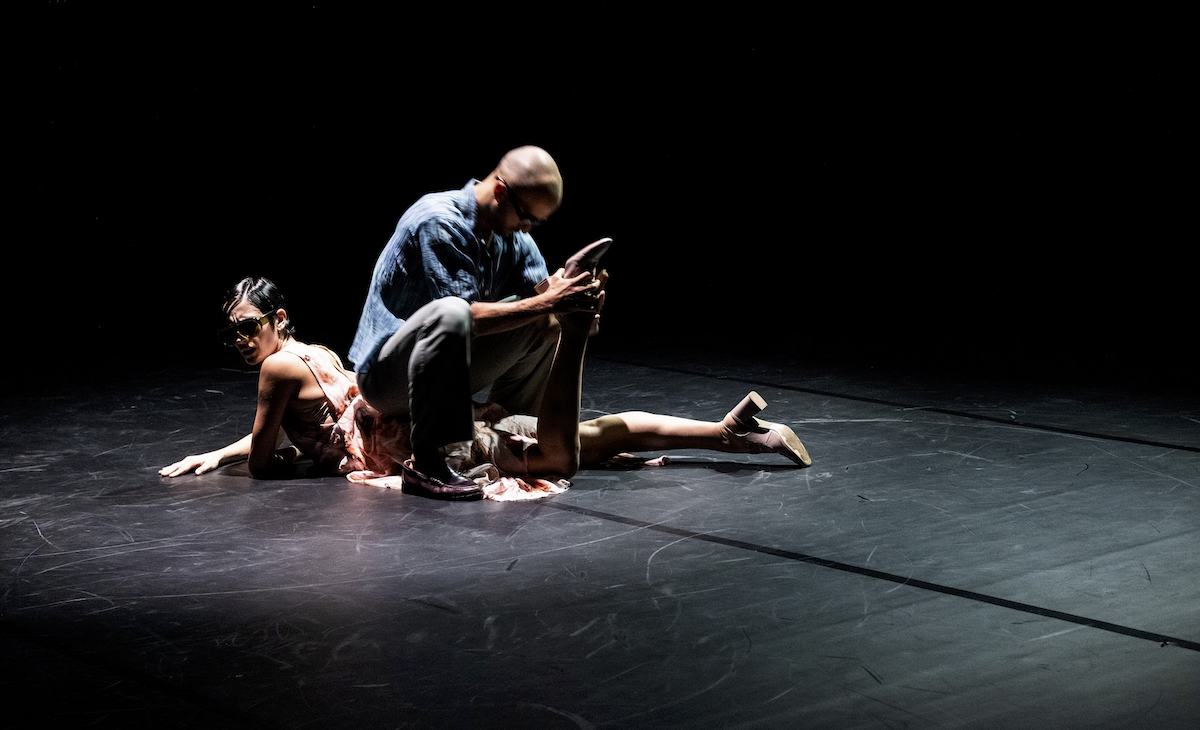
Cet OPEN MOVERS propose de découvrir une séquence issue du répertoire de Beatriz Mira & Tiago Barreiros, pour mettre en pratique les outils du duo,...

Joaquim Maudet revient au TROIS C-L pour proposer un OPEN MOVERS (16+) en lien avec sa création GIGI. Entre exploration vocale, théâtralité et imp...
...
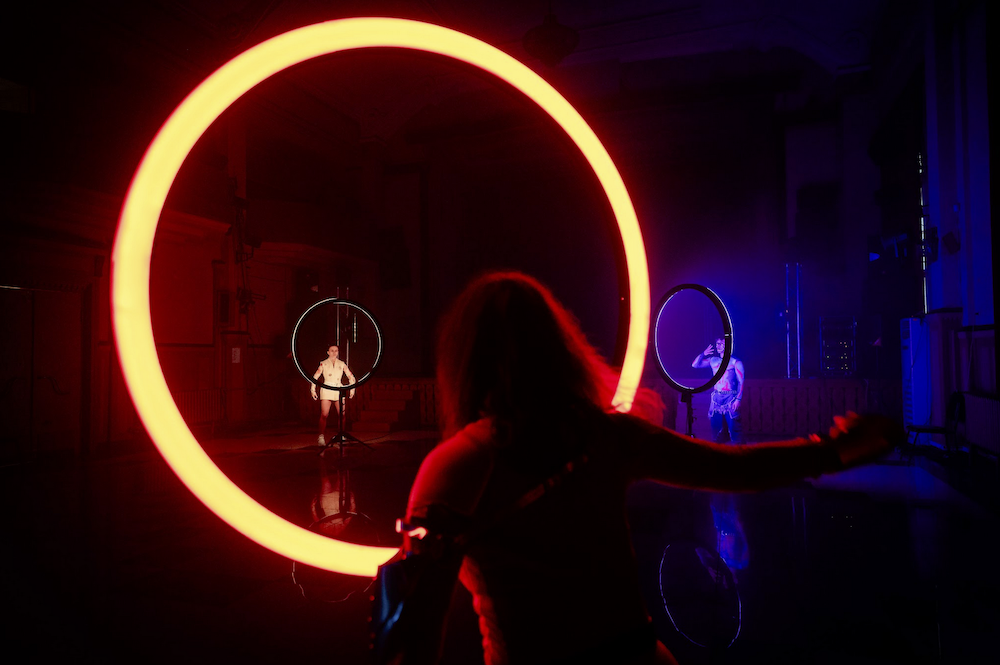
Plongez dans l’univers chorégraphique de Milena Ugren Koulas et du collectif Stylish Junkies à travers un atelier YOUNG MOVERS pour les 15-35 ans ...

Through Yuval Pick’s Practice Gold method, we explore what is alive, sensitive, and unique within each of us. It’s about rediscovering the joy of ...

Yvann Alexandre invites you on an immersive journey into his artistic world and choreographic language. After a tailored warm-up, he will open the doo...

Plongez dans l’univers chorégraphique de Milena Ugren Koulas et du collectif Stylish Junkies à travers un atelier YOUNG MOVERS pour les 15-35 ans ...

As part of a collaboration between TROIS C-L and the Kinneksbond, Sophie Breton and Alexandre Carlos invite you to step into the world of Sans quoi no...
During his first residency in September, Yuval Pick gave us a short talk about his creative process for the premiere of his new piece FutureNow. More than just an investment in the space, he created a new energy within the walls of the studios and provided a great launch for the AU•TOUR DE programme.
Could you tell me about your residency at the TROIS C-L?
The residency at the TROIS C-L came at a very important time because I started this creation FutureNow during the Covid period. I launched it more as a form of research around guided improvisations. The idea was to work on and document the memory of my dancers, based on two questions: “what kind of creative child were you”, “what kind of creative action do you remember as a child” / “when did you first feel different?
The first question responds to my interest in putting the creative child on stage. We carry this creative force with us all our lives. It is very important to connect with this creativity. There is audacity, courage, the notions of exploration, authenticity of discovery and creating with or from nothing. When I talk about creating with nothing, I am not talking about creating something artistic. People think that creativity is linked to the artistic. Creativity is in our everyday life, how do we organise our routine? How do we improve our lives through some form of creativity? When we reinvent, we reorganise, we think differently about relationships, about situations … That is creativity for me. I want to share this with my dancers and the audience.
The notion of difference is the question of my work, it is the other, and how I can find my place in a group while being different. And how the group, with all its different identities, accepts and lives with this difference. This is an essential question in my choreographic research. I work a lot on space, the notion of singularity as well as on the contribution of a collective or a group around a common action.

© Sébastien Erôme
Did the space of the Banannefabrik allow you to explore this singularity?
We are always in an ‘out of doors’ situation and being here in residence was essential for us, it allowed us to work on sound and light. The sound work is essential for this piece because it documents the story the dancers are telling. It was very important for me to have all the technical elements and being here in residence gave me the opportunity to explore all these elements, and the costumes too. I have to say that the atmosphere here is one of creativity that I really appreciate, it’s a creative place that inspires me. Not because there are rules, but because there is a creative atmosphere, you enter a factory. We are at the CCNR, when we come here we have a different atmosphere and it is very inspiring. There is something very inspiring about this house.
You often talk about the notion of the creative child. Is FutureNow only for a young audience?
No, not only, it’s for the ‘young at heart’. The creative child stays with us all our lives and I think we need to connect with that creative child. Sometimes it comes with pain, but if we focus and find ways to connect with that enhusiasm of discovery, of making something out of nothing, of having fun with nothing, and of being in action and not in observation, it can bring a lot of joy. But childhood can also be linked to a form of fear, because there may be a form of pain, and it is important to connect to a form of intuitiveness. To something bold and courageous that lives in the moment, in the action itself without thinking about what I am doing to be totally in the action.
During the masterclass, did you manage to explore everyone’s creative children?
I didn’t really explore everyone’s inner child but rather how they can be more daring and how they deal with the unknown. What is behind the body envelope, the space that is not visible to the naked eye? How does he explore the space that we cannot see? How does it explore the other, who is an unknown? And how do we get out of our centre? How can I create asymmetrical situations while remaining aligned with myself? How do I get off my axis?
To be aligned is not necessarily to be upright in relation to the centre of the body. I can be aligned with myself and still be falling all the time. Being aligned is a kind of state of mind. Sometimes, as a choreographer, I work in a straight line. However, verticality cannot be an action or a proposition, it is a situation. It is not the absolute but a possible situation. Alignment is not always linked to a form of straightening on a central straight line.